I recently purchased the new, wireless, Lightspeed Tango headset. I’m a little OCD, so when a headset wire is banging against my shoulder while I’m trying to tune a radio or point something out, it’s a little annoying. A headset without the wires caught my eye.
As I’ve stated before in a previous article, I really like Lightspeed headsets. They are more comfortable than Bose, and a little bit more affordable too. The noise canceling quality is very high in the different Lightspeed models. I personally believe it got even better with the Lightspeed Tango.
Let’s talk about the obvious first. Not having a wire connecting you to the headset jacks is really nice. You’re not tethered to anything, so your head is free to move anywhere without getting yanked back in place. Lightspeed developed a new technology, called Lightspeed Link, which bypasses Bluetooth or Wifi and connects the Panel Interface to the headset wirelessly.
The Link technology works pretty well. The only problem I have noticed is in certain airplanes, I occasionally lose one ear, but after I wiggle the input wires around, the deaf ear comes back up. It may be a loose connector in the plane itself.
The really nice thing about the Lightspeed Tango is the fact that it doesn’t need AA batteries anymore. Lightspeed put rechargeable lithium ion batteries in both the Panel Interface and the headset. You get 12 hours of battery life out of both, far surpassing any length of time you would want to be in an airplane. If the battery dies, there is a handy aux cable that can connect the Panel Interface directly to the headset (the ion batteries recharge with the included wall charger and USB cables in 2 hours).
Though the Lightspeed Tango is slightly heavier than the Zulu 2 due to the Link hardware and the lithium ion battery, it is still extremely comfortable. The ear cups actually fit better over my ears and give me a better seal with glasses on then the Zulu 2 did. As with all Lightspeed products, there is no squeezing of my head and the cushions on top of the headset sit very comfortably on top of my head.
The Bluetooth is much simpler to use than the Zulu 2 and definitely simpler than the Bose A20. Sound quality is very good for phone calls and music. The volume control on the headset itself is set to make smaller adjustments so you don’t have to deal with wide swings in volume.
Overall, I’m a big fan of the Lightspeed Tango. I am recommending them to all the pilots I talk to. Rolling in at $400 cheaper than the Bose, you can’t go wrong.

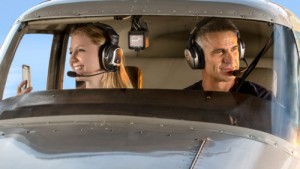
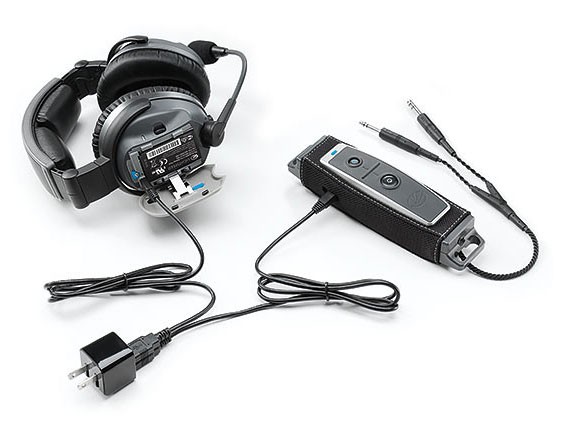

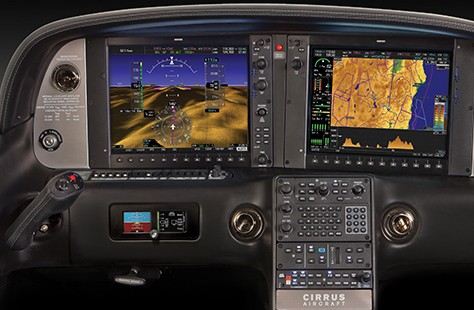
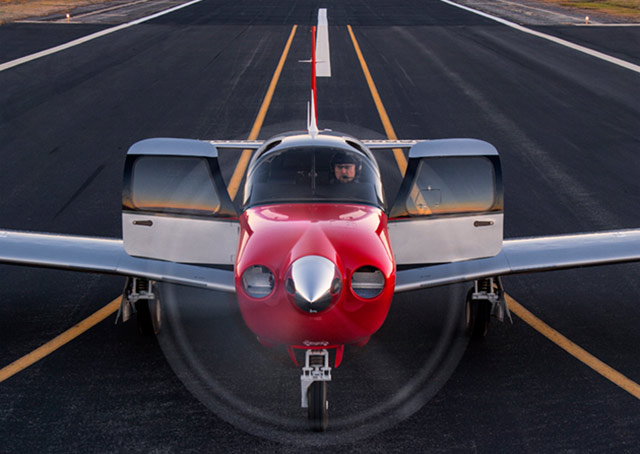
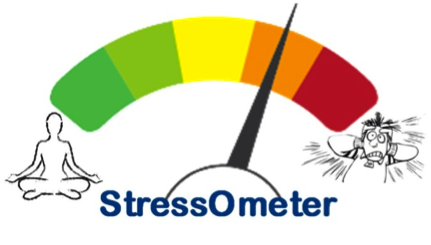 This is a huge one that pilots ignore a lot. Maybe it was a stressful day at work, maybe you are running late to the airport, your meeting got moved up, whatever. Stress can jump on you and mess up a pilot’s thinking very quickly. If you have a lot of other things on your mind and you aren’t able to focus just on flying, it might be a good idea to stay on the ground.
This is a huge one that pilots ignore a lot. Maybe it was a stressful day at work, maybe you are running late to the airport, your meeting got moved up, whatever. Stress can jump on you and mess up a pilot’s thinking very quickly. If you have a lot of other things on your mind and you aren’t able to focus just on flying, it might be a good idea to stay on the ground.